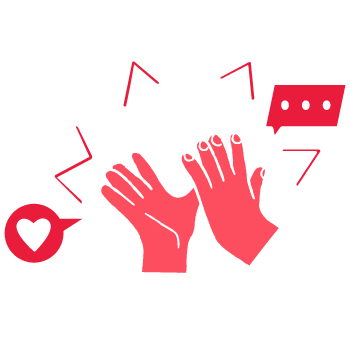The healthcare industry in Germany is renowned for its innovation, high standards, and structured systems. Yet, even the most advanced medical facilities face one common challenge effective communication. Whether it’s explaining a treatment plan, raising awareness for public health issues, or onboarding staff into new protocols, the message often gets lost in complexity. That’s where 2D animations boost engagement come in.
2D animations by simplifying intricate information and delivering it through clear, accessible storytelling. In a sector where trust, understanding, and empathy are vital, animation does more than just catch the eye it connects, educates, and empowers.
In this blog, we’ll explore how 2D animations are transforming communication in Germany’s healthcare landscape, and why they’re becoming essential tools for engagement.
The Power of Simplicity in Healthcare Communication
Medical concepts are often layered with scientific terminology that can overwhelm patients and even staff. Whether you’re explaining how insulin works or outlining the benefits of early cancer screening, clarity is critical.
2D animations boost engagement by using simplified visuals, clear narration, and symbolic graphics to make medical topics approachable. The flat, clean design of 2D visuals is not only aesthetically pleasing but ideal for focusing attention on key ideas without distractions.
In Germany’s highly regulated and detail-oriented healthcare system, this kind of clarity can bridge the communication gap between doctors, institutions, and their audiences.
Why Healthcare in Germany Needs Animated Engagement Tools
Germany’s healthcare sector includes a mix of public and private providers, health insurers, hospitals, medical tech firms, and pharmaceutical companies. All of these players face challenges in:
- Educating diverse patient populations
- Complying with regulatory documentation
- Communicating preventive care messages
- Enhancing internal staff training
In each of these areas, 2D animations boost engagement by creating informative content that’s visually digestible and emotionally resonant.
Let’s explore how different healthcare entities in Germany can benefit from 2D animation.
1. Patient Education Made Easy
Hospitals and clinics can use 2D animated videos to explain complex treatments like dialysis, chemotherapy, or physiotherapy. Instead of handing over a dense brochure, patients can watch a one-minute video that uses characters, diagrams, and voiceovers to make sense of the process.
This doesn’t just inform it comforts. By reducing anxiety and confusion, 2D animations boost engagement and lead to better patient compliance.
In a multicultural country like Germany, where medical information needs to be understood across language barriers, animations with simple visuals and subtitles can make healthcare more inclusive.
2. Pharmaceutical Branding and Awareness
Pharmaceutical companies often struggle to engage doctors and patients with their campaigns. Traditional sales brochures or conference booths often fail to capture attention in a saturated market.
Animated explainers offer a modern solution. They can demonstrate how a drug works, walk through clinical trial results, or highlight safety protocols all in a fraction of the time and in a format that’s far more memorable.
It’s a prime example of how 2D animations boost engagement by combining science with creativity.
3. Public Health Campaigns That Stick
During the COVID-19 pandemic, Germany saw the power of visual storytelling in driving public health awareness. 2D animations were used across government channels to educate people about mask-wearing, social distancing, and vaccine safety.
Why were these effective? Because animations distill abstract policy into relatable, human stories. Instead of reading pages of guidelines, people watched short clips with characters navigating everyday situations.
This proves that 2D animations boost engagement in public health communication by connecting emotionally and visually with diverse populations.
4. Internal Staff Training and Protocols
Hospitals and insurance providers in Germany operate within a highly structured framework. Onboarding new staff, training them on digital tools, and communicating changing procedures can be time-consuming.
2D animations can summarize a new EHR (electronic health record) process or explain compliance protocols in a short, consistent format. This ensures that every staff member receives the same high-quality information.
In this context, 2D animations boost engagement internally, streamlining knowledge transfer and improving retention.
5. Tech and App Demos for Healthcare Startups
Germany’s digital health market is growing, with eHealth apps and telemedicine platforms gaining ground. However, getting users especially older populations to adopt new digital tools can be challenging.
2D animated product walkthroughs can showcase features, explain user benefits, and demonstrate app navigation in a friendly and intuitive way. This reduces friction and builds trust, especially in tools related to mental health, chronic illness tracking, or appointment booking.
It’s another way 2D animations boost engagement, particularly in tech-driven healthcare solutions.
Emotional Connection: The Secret Weapon of Animation
Beyond its clarity, 2D animation holds a unique emotional advantage it humanizes healthcare. Characters, facial expressions, and relatable scenarios tap into empathy, making medical topics feel less intimidating.
Whether it’s a mother learning how to administer asthma medication to her child or an elderly patient watching a cartoon character guide them through hip surgery recovery, emotion becomes a bridge to understanding.
This is a powerful reminder that 2D animations boost engagement not just by informing, but by forging human connections through storytelling.
Real-Life Example from Germany: A Diabetes Campaign
A Berlin-based healthcare NGO launched an animated awareness campaign about childhood diabetes. Rather than using real-life doctors and patients, the team created a series of 2D animated characters a young girl with diabetes, her family, and her school environment.
The result? Higher video completion rates, increased shares on social media, and a significant uptick in health checks booked by parents.
This success story proves that 2D animations boost engagement even in sensitive health topics by making them easier to talk about and understand.
What Makes a Great Healthcare 2D Animation?
The success of any 2D healthcare animation hinges on:
- Clarity: Avoid jargon and use everyday language.
- Pacing: Keep the video under 2 minutes unless deeply educational.
- Visuals: Use consistent, flat-style graphics with clear icons and characters.
- Tone: Aim for empathy, not alarm. Make the tone reassuring and approachable.
- Localization: For Germany, ensure language accuracy, cultural relevance, and compliance with GDPR when handling patient-related themes.
When these elements come together, 2D animations boost engagement organically by being useful, relatable, and respectful of the viewer’s emotional context.
Where to Use 2D Animation in the German Healthcare Ecosystem
Healthcare providers, insurers, NGOs, and startups in Germany can integrate 2D animations across multiple touchpoints:
- Waiting room screens
- Health app onboarding
- Prescription info pages
- Internal HR portals
- Conference presentations
- Social media campaigns
- Email newsletters
- In-hospital signage
In all of these, the goal remains the same: use visual storytelling to simplify the complex and engage the overwhelmed.
Future of Animation in German Healthcare
As Germany invests more in digital health innovation, especially under its “Digital Healthcare Act” (Digitale-Versorgung-Gesetz), 2D animation will become a standard communication asset.
We’ll likely see more animation used in:
- VR-based surgical training with 2D intros
- Insurance claim explanations
- Chatbots using animated replies
- Mental health awareness campaigns for teens
As these tools evolve, the core principle stays the same: 2D animations boost engagement by making medical content not only clear but also emotionally relevant and visually appealing.
Final Thoughts
The German healthcare system is built on precision, professionalism, and trust. But even the most advanced systems need better ways to connect with people patients, staff, and the public alike.
That’s where 2D animation excels. It simplifies without dumbing down, informs without overwhelming, and connects without preaching.
In every setting from a university hospital in Heidelberg to a rural clinic in Saxony 2D animations boost engagement by making healthcare communication smarter, friendlier, and more effective.
It’s not just a marketing tool. It’s a bridge between information and understanding, between care and clarity. And in Germany’s modern healthcare environment, that bridge is more essential than ever.





